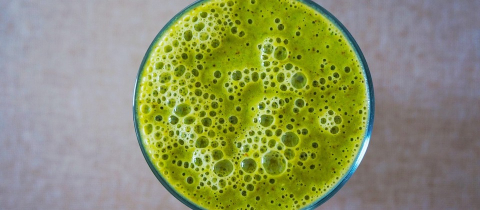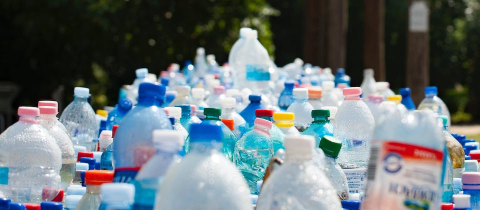A very good question to tackle because many people do not have a good understanding of calories. First of all, a calorie is not a thing and therefore cannot be full or empty. You cannot put calories in a bottle. A calorie is a unit of measure of energy. Very specifically, it is the amount of energy that is required to raise the temperature of one mL, (which is also one gram), of water by one degree Celsius. If you really want to be a stickler for detail, it is the energy needed to raise the temperature from 14.5 to 15.5 degrees C. The word calorie was actually coined by the great French chemist Antoine Lavoisier who used it to refer to the body’s internal heat.
A food calorie is actually a “kilocalorie.” In other words it is the amount of energy needed to raise the temperature of one liter of water by one degree. Originally, the calorie content of a food was measured in a calorimeter. A known amount of food, which has had its water content evaporated, was placed in a container surrounded by a known amount of water. The container was sealed, oxygen piped in, and the food ignited. From the rise in temperature of the water, the calorie content of the food was calculated.
There were problems, however with this sort of calorie determination. Food can contain components such as fiber that will burn in a calorimeter but are not absorbed into the bloodstream and therefore do not contribute calories. Today, producers use the “Atwater indirect system” to calculate calories by adding up the calories provided by the energy-containing nutrients: protein, carbohydrate, fat and alcohol. Because carbohydrates contain some fiber that is not digested and utilized by the body, the fiber component is usually subtracted from the total carbohydrate before calculating the calories.
The Atwater system uses the average values of 4 Kcal/g for protein, 4 Kcal/g for carbohydrate, 9 Kcal/g for fat and 7 Kcal/g for alcohol that were determined by burning these substances in a calorimeter. (There is some rounding off because simple sugars provide somewhat less and polysaccharides somewhat more than 4 Kcal/g). Thus the label on a 45 gram KitKat that contains 3 g of protein, 29 g of carbohydrate (22 grams of which are simple sugars) and 12 g of fat would read 230 Calories.
Some interesting data emerges from such calculations. The calorie content of a doughnut, about 450 Kcal is found to be close to that of a stick of dynamite. The difference of course is that the energy from the dynamite is released instantly when ignited, while the doughnut releases its energy content in the body more slowly. So you don’t blow up from a doughnut. Not literally anyway.







